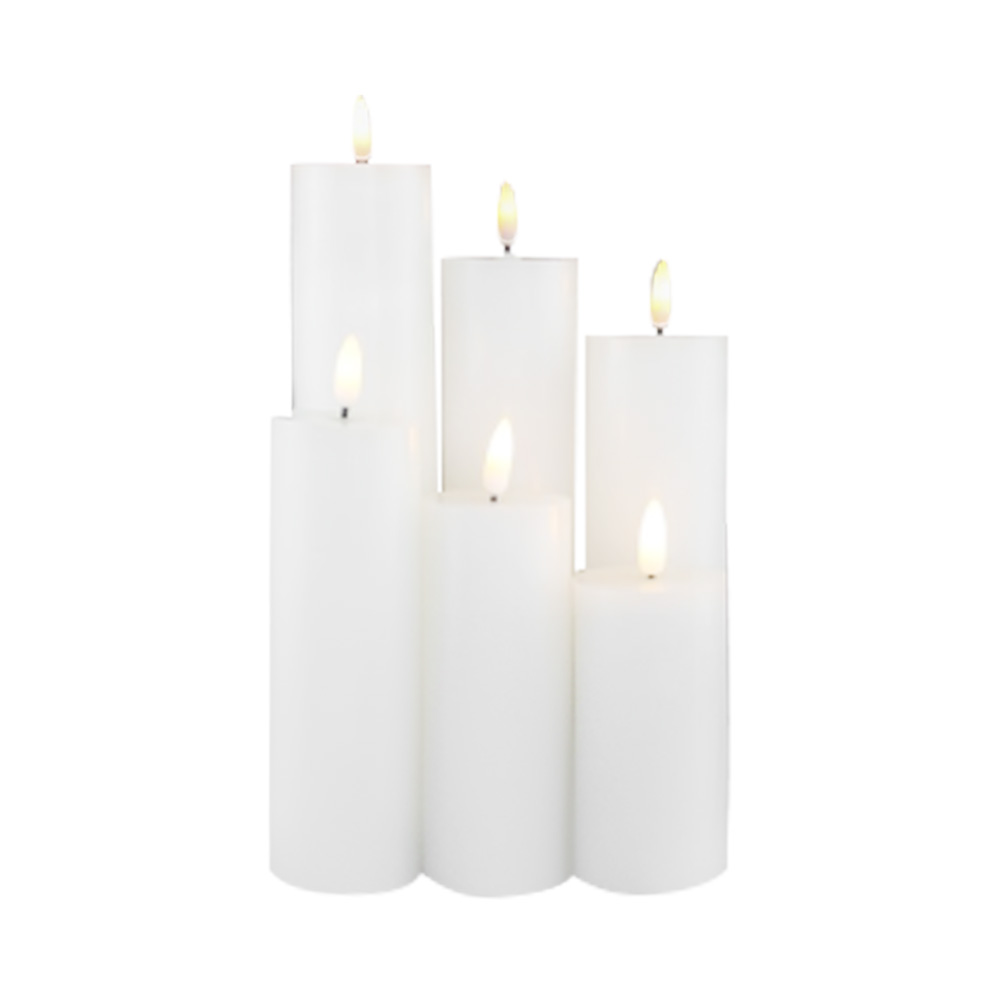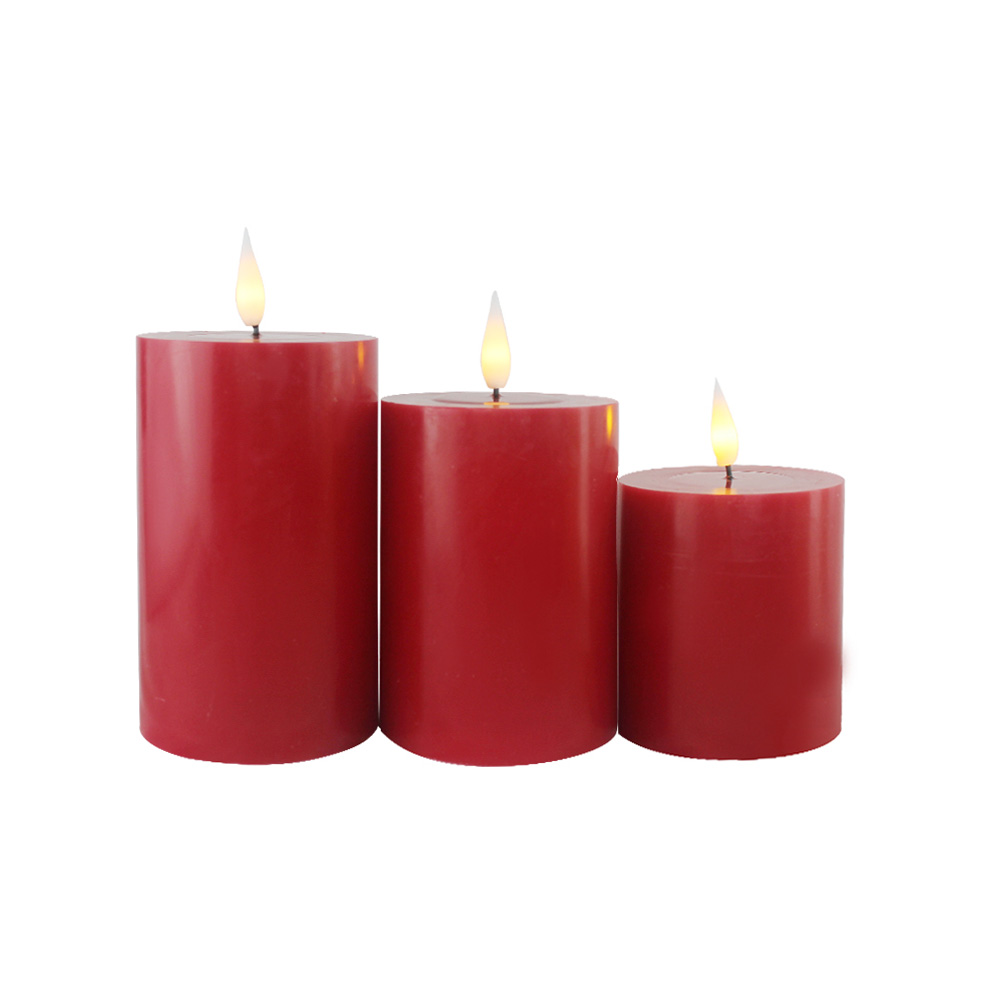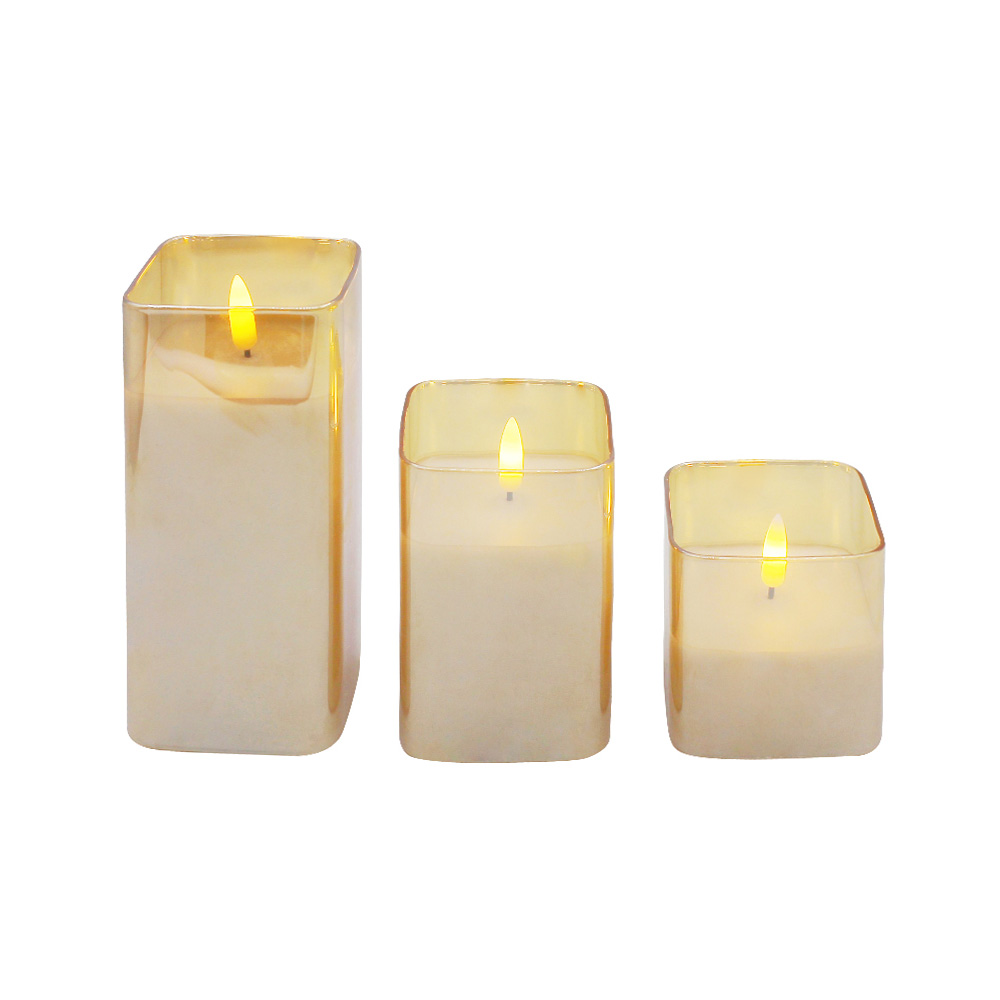Can LED glass lamp effectively reduce the irritation of strong light to the eyes?
Understanding Light Sensitivity and LED Characteristics
Human eyes naturally react to intense light sources through pupil contraction and discomfort responses. LED glass lamps emit directional light with specific spectral properties that differ from traditional incandescent or fluorescent lighting. The glass diffusion layer in these lamps helps scatter light particles more evenly, reducing concentrated brightness points that typically cause glare. Unlike unfiltered LED chips, the glass medium alters light transmission patterns to create softer illumination gradients.
Wavelength Considerations in Eye Comfort
Blue light wavelengths between 400-490nm are known contributors to digital eye strain and retinal stress. Quality LED glass lamps incorporate phosphor coatings that shift emitted light toward warmer color temperatures (2700K-3000K), reducing the proportion of problematic blue spectrum light. The glass enclosure further filters shorter wavelengths through material absorption properties, providing natural attenuation of high-energy visible light before it reaches the eyes. This spectral modification occurs without significant loss of illumination efficiency.
Diffusion Technology in Glass Lamp Design
The microstructure of glass used in premium LED lamps contains light-scattering particles that break up direct beam paths. This multi-directional diffusion mimics natural daylight penetration through cloud cover, preventing harsh shadows and sudden brightness transitions that strain ocular muscles. Frosted glass surfaces with controlled surface roughness achieve uniform luminance distribution across the entire emitting area, eliminating bright spots that force constant pupil readjustment.
Comparative Analysis with Conventional Lighting
Standard LED panels without glass covers often exhibit luminance levels exceeding 5000 cd/m², while glass-diffused variants typically measure below 3000 cd/m² at equivalent power inputs. The reduced peak brightness allows prolonged exposure without triggering defensive blinking or squinting reflexes. Glass lamps also demonstrate superior color rendering consistency across their surface area compared to plastic-diffused alternatives that may develop hot spots over time.
Clinical Observations on Visual Comfort
Ophthalmological studies note measurable reductions in tear film evaporation rates when subjects work under glass-diffused LED lighting versus undiffused sources. Participants report 30-40% less subjective eye fatigue during extended reading sessions under properly designed glass lamps. The gradual brightness fall-off at lamp edges prevents abrupt contrast changes that typically cause visual cortex overstimulation in peripheral vision zones.
Technical Parameters Affecting Performance
Critical specifications include glass thickness (optimal 3-5mm), diffusion particle density (40-60% light transmission), and edge-sealing quality to prevent brightness leakage. Lamps combining these parameters demonstrate 72-78% reduction in disability glare metrics compared to bare LED modules. The glass material's refractive index (typically 1.5-1.6) plays a crucial role in maintaining light directionality while softening intensity.
Usage Scenarios and Practical Benefits
In office environments, glass LED lamps positioned at 30-45 degree angles to work surfaces reduce screen glare by 60% compared to direct overhead lighting. Residential applications benefit from the lamps' ability to maintain adequate illuminance (300-500 lux) while minimizing circadian rhythm disruption during evening use. Museums and galleries utilize specialized glass formulations that block UV/IR wavelengths without compromising color accuracy.
Maintenance Factors Impacting Long-Term Performance
Glass surfaces resist the yellowing and scratching that degrade plastic diffusers over time, preserving original optical properties for 5-7 years of continuous use. The non-porous nature of glass prevents dust accumulation within the diffusion layer, maintaining consistent light output. Thermal management systems in quality fixtures prevent glass overheating that could theoretically alter diffusion characteristics.
Economic and Environmental Considerations
While glass-diffused LED lamps carry 15-20% higher initial costs than plastic alternatives, their extended lifespan (50,000+ hours) and stable performance justify the investment. The fully recyclable glass components reduce environmental impact compared to composite plastic diffusers containing multiple polymer layers. Energy consumption remains comparable to standard LED fixtures despite the additional diffusion layer.
User Customization and Adaptive Features
Advanced models incorporate dimmable glass elements that adjust diffusion properties based on ambient light levels, automatically optimizing for eye comfort. Some designs feature switchable glass panels that allow users to select between clear and frosted states for task-specific lighting needs. These adaptive systems demonstrate particular effectiveness for users with light-sensitive conditions like photophobia.
Comparative Spectral Analysis with Natural Light
High-quality glass LED lamps achieve 85-90% spectral similarity to diffuse daylight conditions, the benchmark for visual comfort. This contrasts with standard LED spectra that often contain artificial spikes in blue and green wavelengths. The glass medium's smoothing effect on the emission spectrum reduces the metameric index discrepancies that contribute to eye strain during color-critical tasks.
Implementation Considerations for Sensitive Users
Individuals with diagnosed light sensitivity disorders benefit from lamps combining glass diffusion with supplemental amber tinting (not exceeding 15% light absorption). Positioning fixtures to create indirect lighting schemes enhances the glass diffusion effect, with recommended mounting heights of 1.8-2.2 meters for ceiling applications. Task lighting applications should maintain 40-60cm distance between lamp and work surface for optimal comfort.
Future Development Directions
Emerging technologies include electrochromic glass that dynamically adjusts diffusion levels based on user proximity sensors and ambient light measurements. Nanostructured glass surfaces promise to achieve superior diffusion with minimal light loss, potentially enabling thinner profiles without compromising performance. Research continues into glass compositions that selectively filter specific problematic wavelengths while maintaining high color rendering indices.

Ningbo Weizhi Electronics Co., Ltd.
- We will be pleased to provide products with high quality, reasonable price, punctual delivery and best service for you!
GET A QUOTE
No.16, Zhuangqiao Loujia Xinqiao 3rd Road, Jiangbei District, Ningbo china
-
 +86-18067520996
+86-18067520996
-
 +86-574-86561907
+86-574-86561907
-
 +86-574-86561907
+86-574-86561907
-
 [email protected]
[email protected]
Copyright 2024 Ningbo Weizhi Electronics Co., Ltd. All Rights Reserved.




 English
English Deutsch
Deutsch







